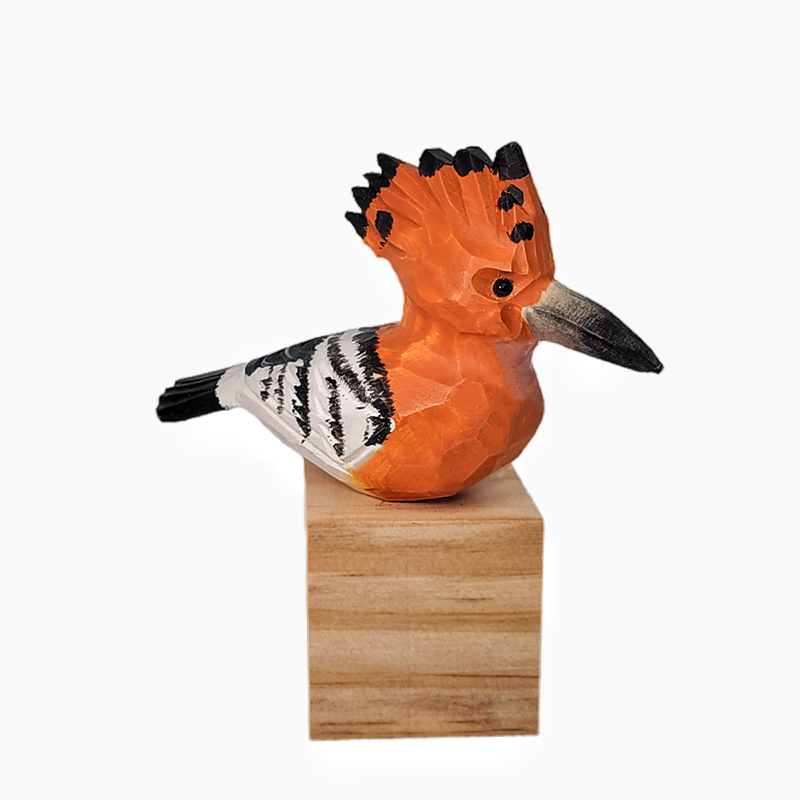
Inside the Nest: All About Hoopoe Bird Eggs
Share
Inside the Nest: All About Hoopoe Bird Eggs
 The Hoopoe, known for its striking crest and “hoo-hoo-hoo” call, is one of the most recognizable birds across Europe, Asia, and Africa. But while its feathers catch the eye, what happens in its hidden nest is just as fascinating—especially the story of its eggs.
The Hoopoe, known for its striking crest and “hoo-hoo-hoo” call, is one of the most recognizable birds across Europe, Asia, and Africa. But while its feathers catch the eye, what happens in its hidden nest is just as fascinating—especially the story of its eggs.
Let’s dive into the world of Hoopoe bird eggs, from how they look to how they’re protected and hatched.
1. What Do Hoopoe Eggs Look Like? 🥚
Hoopoe eggs are not as colorful as the bird itself:
-
Color: Pale blue-grey at first, turning brownish or dirty over time due to nesting conditions
-
Shape: Oval and slightly glossy
-
Size: About 2.5–3 cm long
-
Texture: Smooth and hard-shelled
The mother typically lays 5 to 8 eggs, but clutches of up to 12 eggs have been observed.
2. Where Do Hoopoes Lay Their Eggs? 🪺
 Unlike many birds, hoopoes don’t build open nests.
Unlike many birds, hoopoes don’t build open nests.
-
They lay eggs in dark cavities, such as:
-
Tree holes
-
Rock crevices
-
Abandoned burrows
-
Cracks in buildings or walls
-
-
The nest is bare, with no soft lining
-
Because the location is enclosed, it's protected from predators and weather
One unique fact: Hoopoe nests often smell bad! This is due to bacteria that protect the chicks from parasites and infections.
3. How Long Is the Incubation Period? ⏳
-
Incubation lasts around 15 to 18 days
-
Only the female incubates the eggs
-
She starts brooding immediately after laying the first egg, which causes chicks to hatch at different times
This staggered hatching means some chicks are older and stronger, increasing survival chances in scarce food conditions.
4. What Happens After Hatching? 🐣
-
The chicks are naked, blind, and very vulnerable
-
The female stays in the nest, feeding and protecting them
-
The male brings food (mainly insects) to the nest entrance
-
At around 3 weeks, the chicks begin to fledge
One special defense: Chicks can squirt feces and hiss loudly to scare off intruders!
5. Did You Know? 🪶
-
 Hoopoe mothers and chicks secrete a stinky substance that deters predators
Hoopoe mothers and chicks secrete a stinky substance that deters predators -
The female molts her feathers while incubating, becoming flightless for a short time
-
Their eggs are often stained because of the unclean nest
-
Hoopoes are single-brooded, meaning they raise only one set of chicks per year
Conclusion
Though not as glamorous as their adult feathers, hoopoe eggs are a vital part of a fascinating and uniquely adapted nesting process. From hidden cavities to smelly defenses and clever chick strategies, the life of a hoopoe begins in secrecy—but full of survival wisdom.








